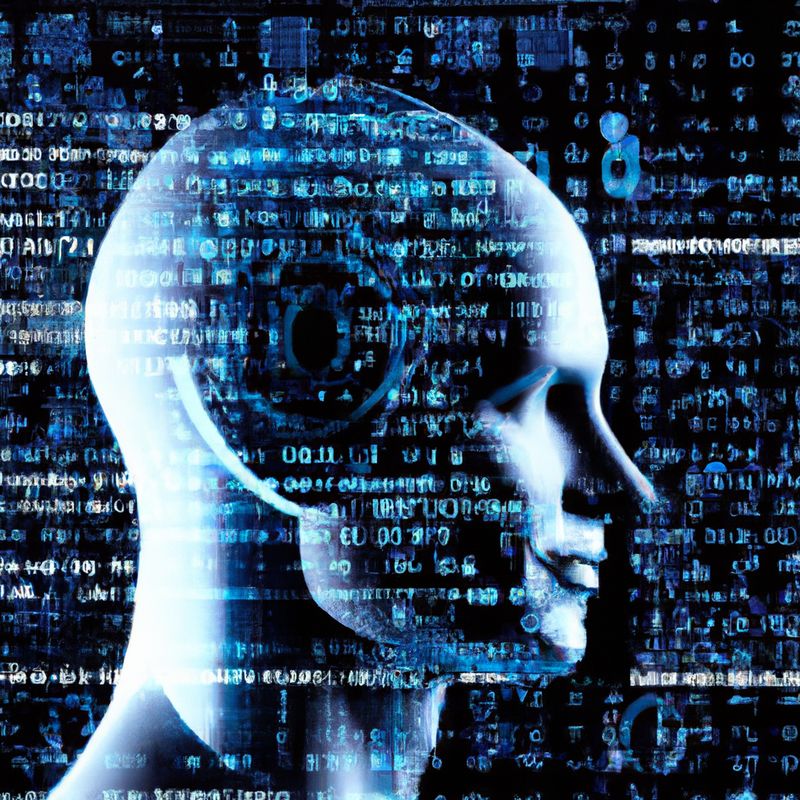Mastering the Fundamentals of AI Development

Artificial Intelligence (AI) development is becoming increasingly important as businesses and organizations look to leverage the power of AI to streamline their operations. AI development requires a deep understanding of the fundamentals of AI development, including algorithms, data structures, and AI architectures. In this article, we’ll explore the fundamentals of AI development and how to master them.
What is Artificial Intelligence?
Artificial Intelligence (AI) is a branch of computer science that focuses on creating computer systems that can think and act like humans. AI systems are designed to learn, reason, and solve problems, and they are becoming increasingly prevalent in our everyday lives. AI systems are used in a variety of applications, including robotics, natural language processing, and data analysis. AI development involves the design and implementation of algorithms and data structures that enable AI systems to perform their tasks.
Fundamentals of AI Development
The fundamentals of AI development include algorithms, data structures, and AI architectures. Algorithms are the building blocks of AI development. They are the instructions that tell the AI system how to solve a problem. Data structures are the data structures that store the data that the AI system needs to solve the problem. AI architectures are the frameworks that enable the AI system to process the data and execute the algorithms.
Algorithms
Algorithms are the core of AI development. They are the instructions that tell the AI system how to solve a problem. Algorithms can be divided into two categories: supervised and unsupervised. Supervised algorithms are used when the data is labeled, while unsupervised algorithms are used when the data is unlabeled. Common supervised algorithms include decision trees, linear regression, and support vector machines. Common unsupervised algorithms include clustering and association rules.
Data Structures
Data structures are the data structures that store the data that the AI system needs to solve the problem. Common data structures include arrays, linked lists, trees, and graphs. The data structure chosen depends on the type of problem being solved. For example, a decision tree needs a tree data structure, while a linear regression needs an array data structure.
AI Architectures
AI architectures are the frameworks that enable the AI system to process the data and execute the algorithms. AI architectures can be divided into two categories: deep learning and reinforcement learning. Deep learning architectures are used to process unstructured data, while reinforcement learning architectures are used to learn from rewards and punishments. Common deep learning architectures include convolutional neural networks and recurrent neural networks. Common reinforcement learning architectures include Q-learning and SARSA.
Mastering AI Development
Mastering the fundamentals of AI development requires a deep understanding of algorithms, data structures, and AI architectures. It also requires the ability to think critically and solve complex problems. AI developers must also be able to work with large datasets and develop algorithms that can accurately and efficiently solve the problem at hand. Finally, AI developers must be able to work with a variety of programming languages and frameworks to implement their solutions.
Conclusion
AI development is an increasingly important field as businesses and organizations look to leverage the power of AI to streamline their operations. Mastering the fundamentals of AI development requires a deep understanding of algorithms, data structures, and AI architectures. It also requires the ability to think critically and solve complex problems. With the right skills and knowledge, AI developers can create powerful and efficient AI systems that can revolutionize the way we do business.

